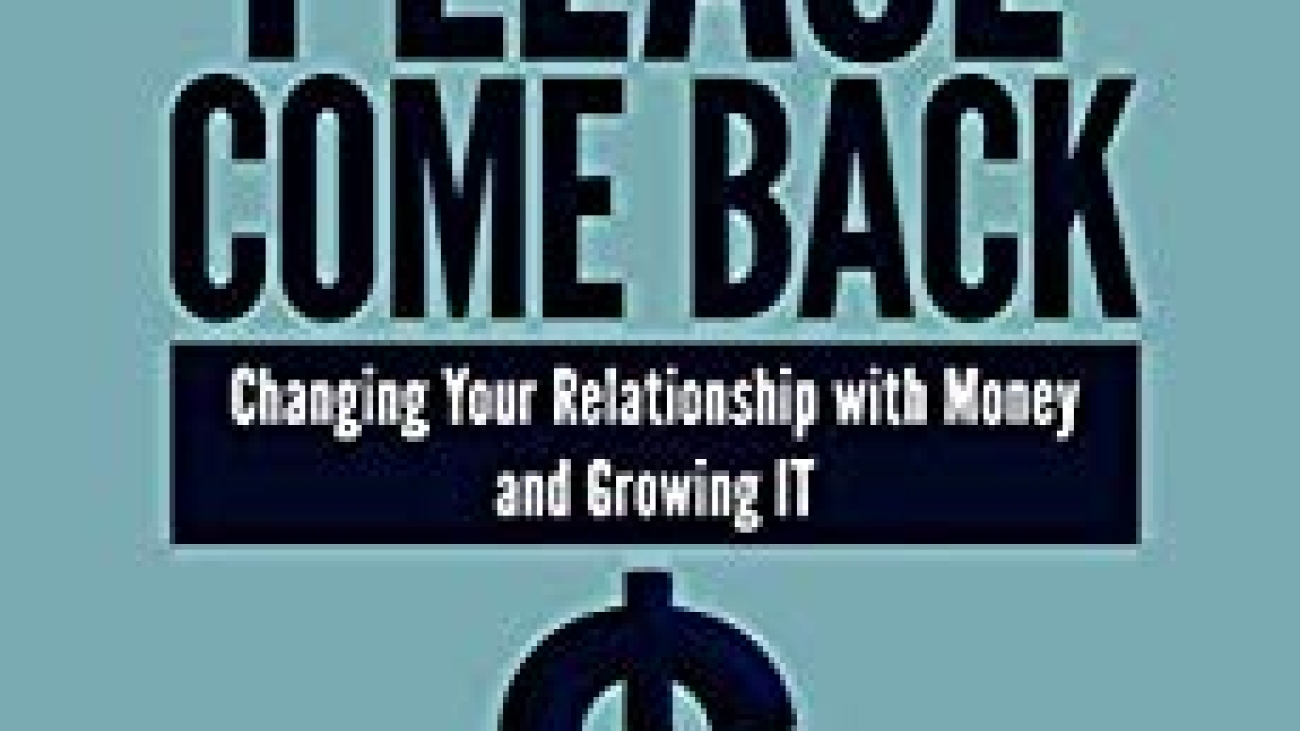Reviewed by Lisa Brown-Gilbert
Often easier said than done, quitting smoking can be one of the more daunting experiences that someone can face in life and while there is an abundance of guides on the market, it may seem like when you have read one, you read them all. However, within the text of Learning to Quit: How to stop Smoking and Live Nicotine Free, readers/potential quitters become empowered by virtue of its expert authors, encouraging tone, motivational success stories, a bevy of resources and easy to manage exercises. Co-authored by Suzanne Harris R.N. and Paul Brunetta MD, this book is more than just another guide to quitting smoking; it is more like the bible for quitting smoking. Purchase Here.
Overall, the book presents a full-spectrum view of the multilayered and quietly intimate process of taking back your life from smoking. Both well-written and thoroughly organized, the book text is divided into two halves; the first half of which explores and delves deeply into an intriguing series of questions concerning smoking which also are the same questions that smokers looking to quit should challenge themselves with answering; for example, Chapter 1 queries “What Moves You to be a Non-Smoker? ” followed by an overview of the issue and original documented experiences told from the experiences of several past patients. The connection to their struggles comes easily as their stories ring as relatable, candid, and insightful with the ultimate outcome of their eventual successes bearing a gift of motivation.
Also, there are included pictures of the patients which adds an additional dimension of realism to their included testimonies. Each chapter ends with a reiteration of key points, action steps and also includes a space for personal notes. Additionally, within this half of the book, Chapters 9 and 10, amply provide a blueprint to be implemented for embarking on your personal smoking cessation sojourn.
Consequently, as a whole Learning to Quit: How to Stop Smoking and Live Nicotine Free brims with inspiration and powerfully important information presented in an attention-grabbing multi -perspective view of a life-threatening habit that to some (myself included) seems almost impossible to overcome. Entirely, this was not only an intriguing read but a necessary read for any smoker period. As you move through the content, your mindset becomes altered as you stop and take pause while wallowing in the fact that when you smoke, you have lost authority over yourself, your life and your health. Anytime is a good time to start taking it back, as a matter of fact, the sooner the better as proven by the many success stories within the book, including the authors. One aspect of the book that I found particularly interesting was the poignant look at the difference between fear-based and desire-based motivation. Also, the authors offer access to a multitude of helpful resources through their website Learningtoquit.com. Ultimately, this book is a must-have for anyone thinking about or determined to quit. It is an eye-opening and mind-altering call to take back your power.

